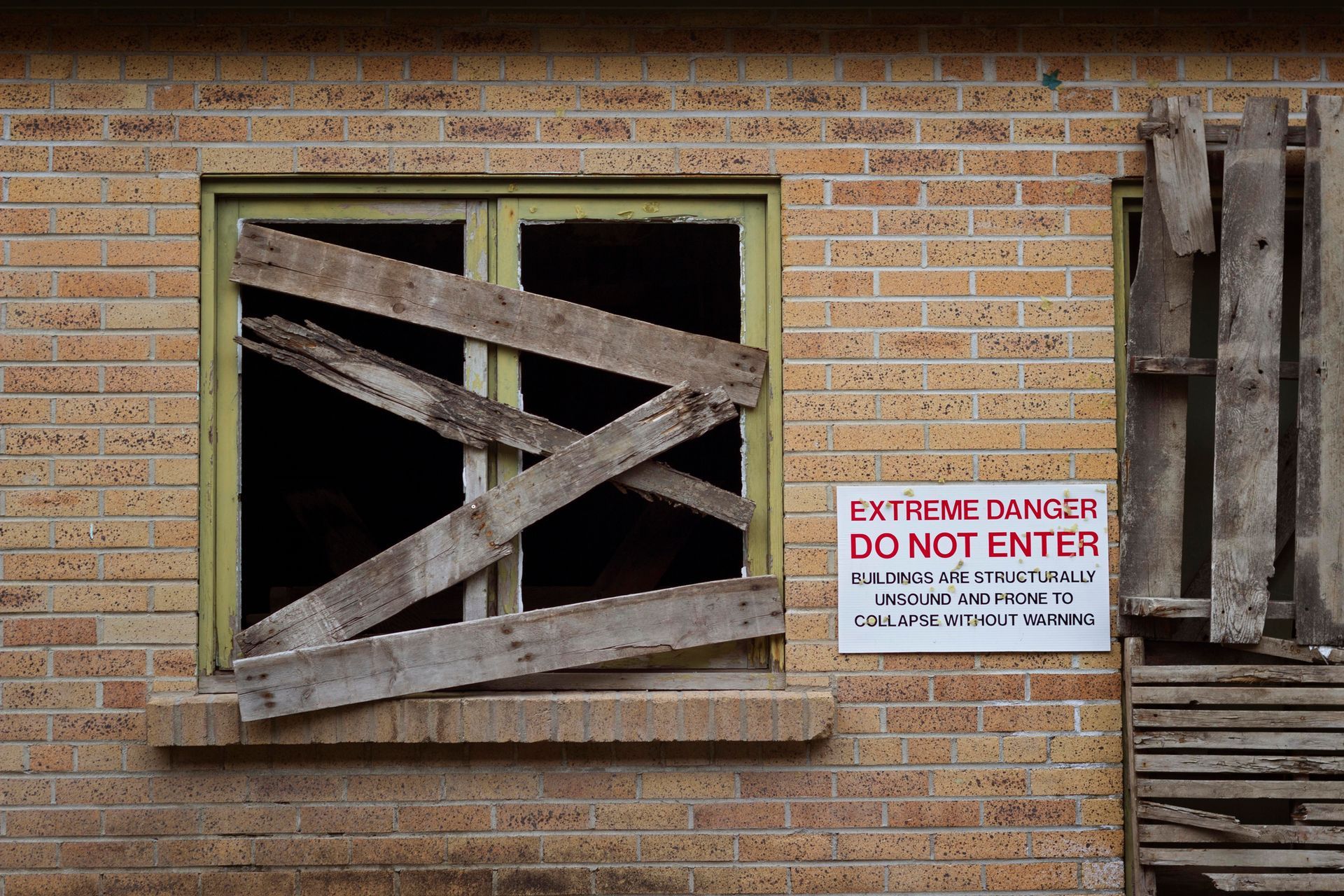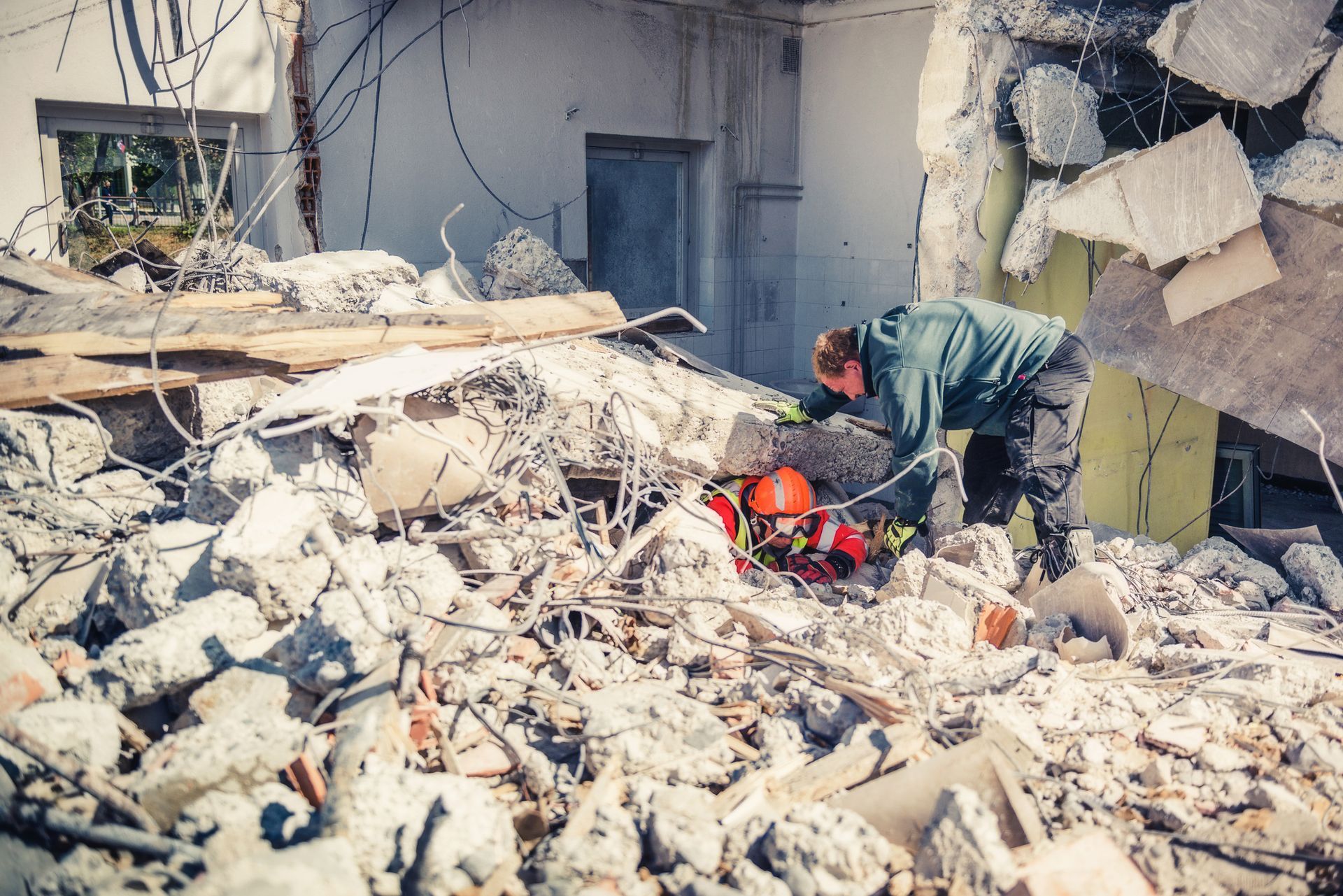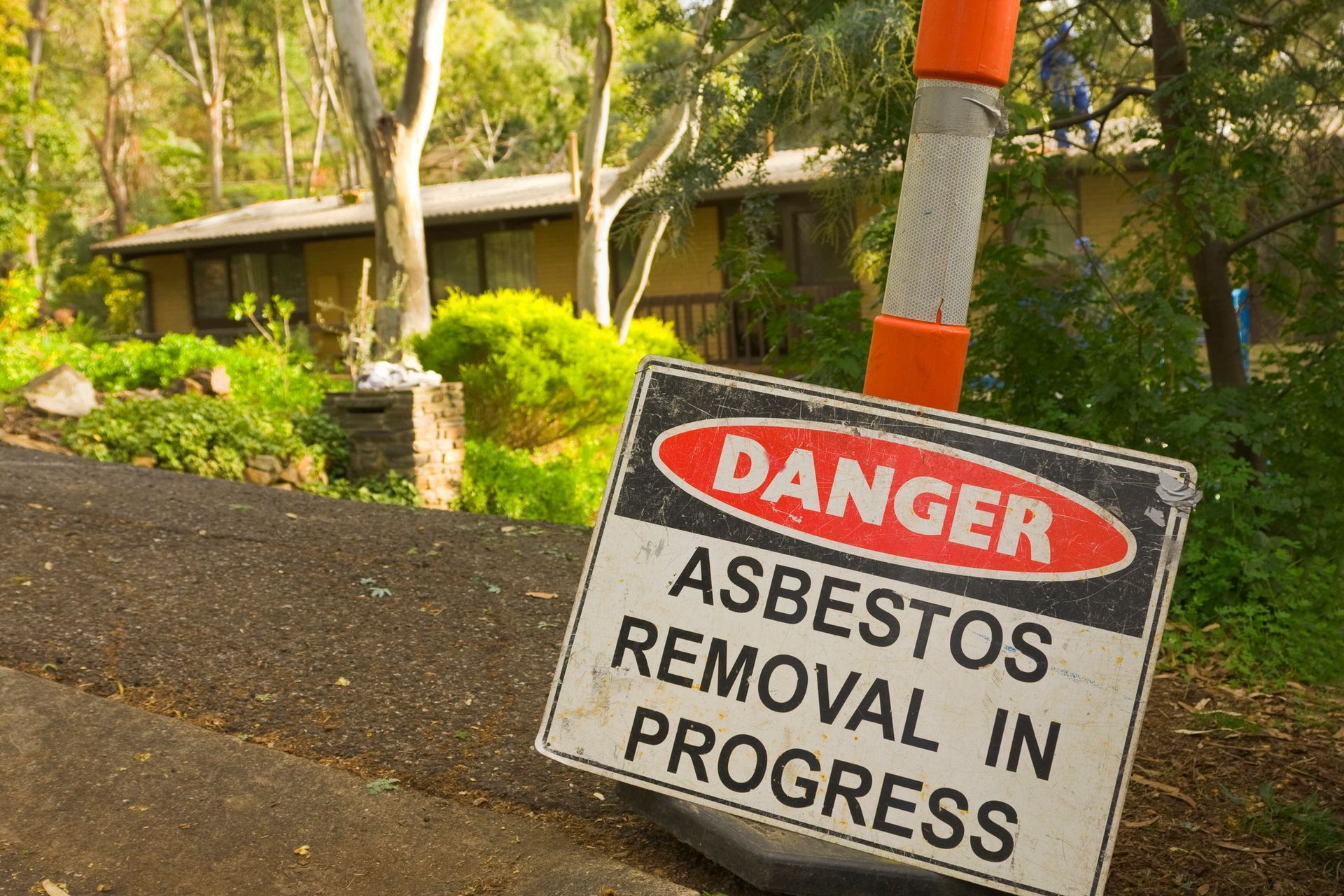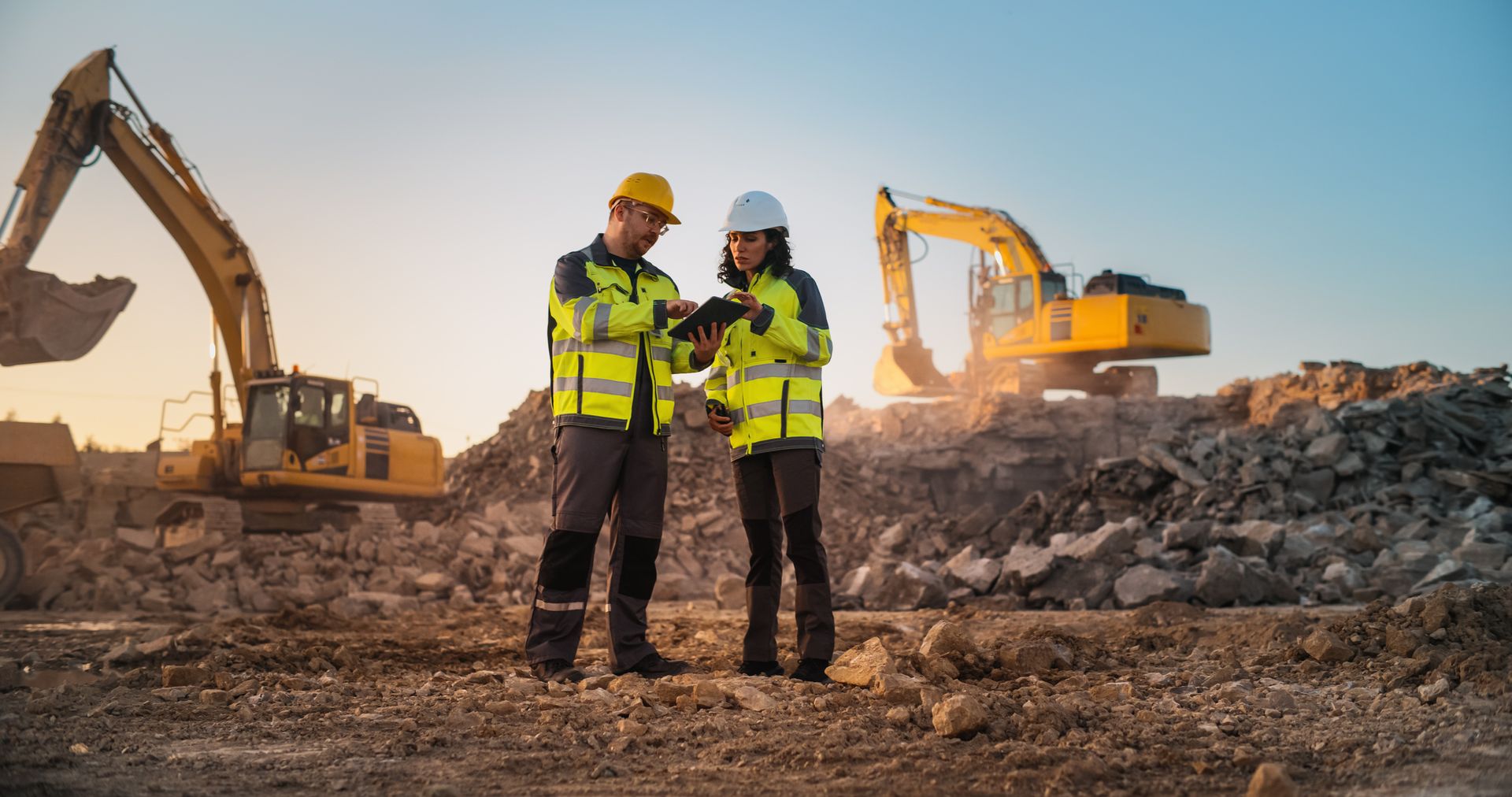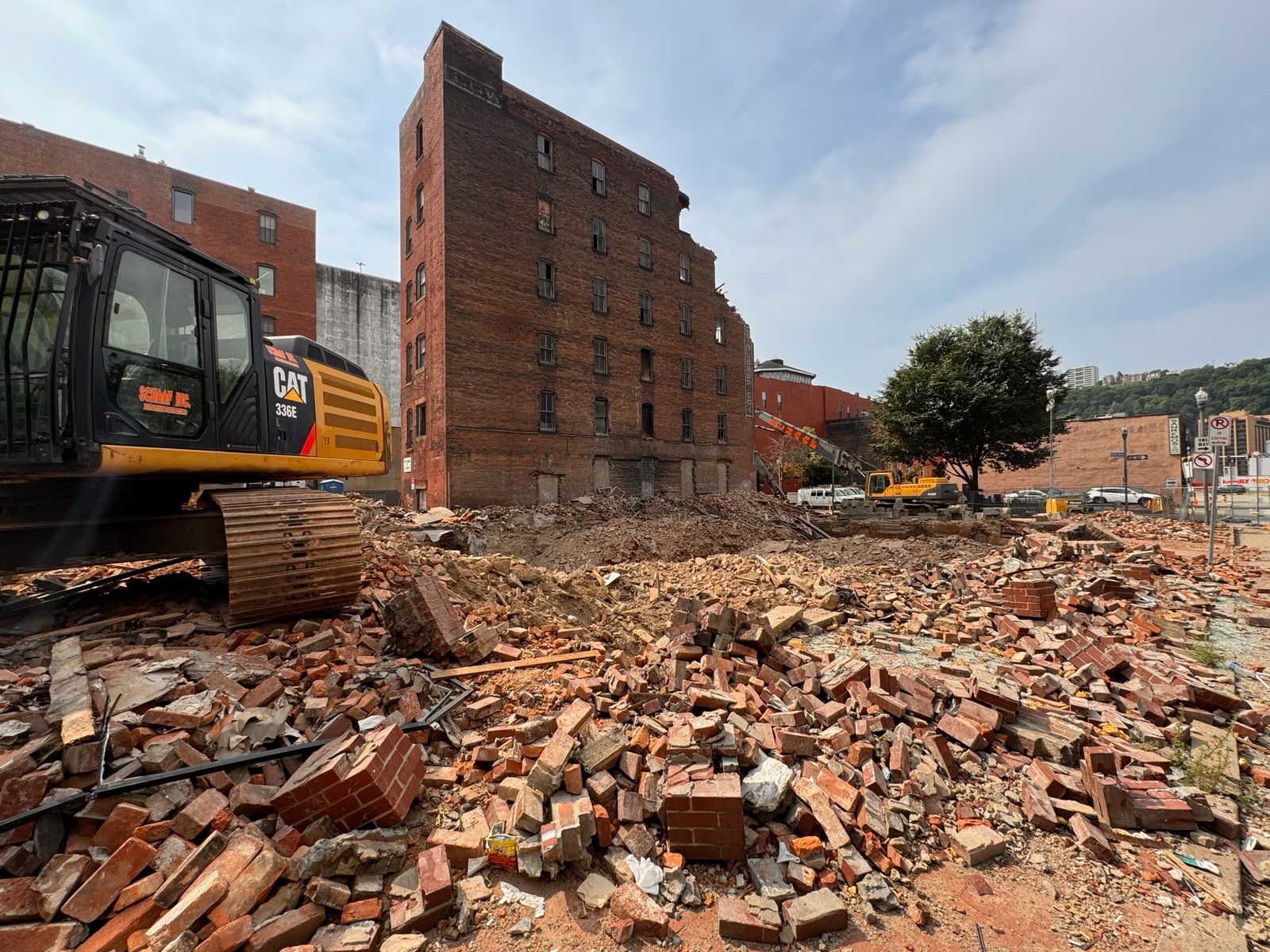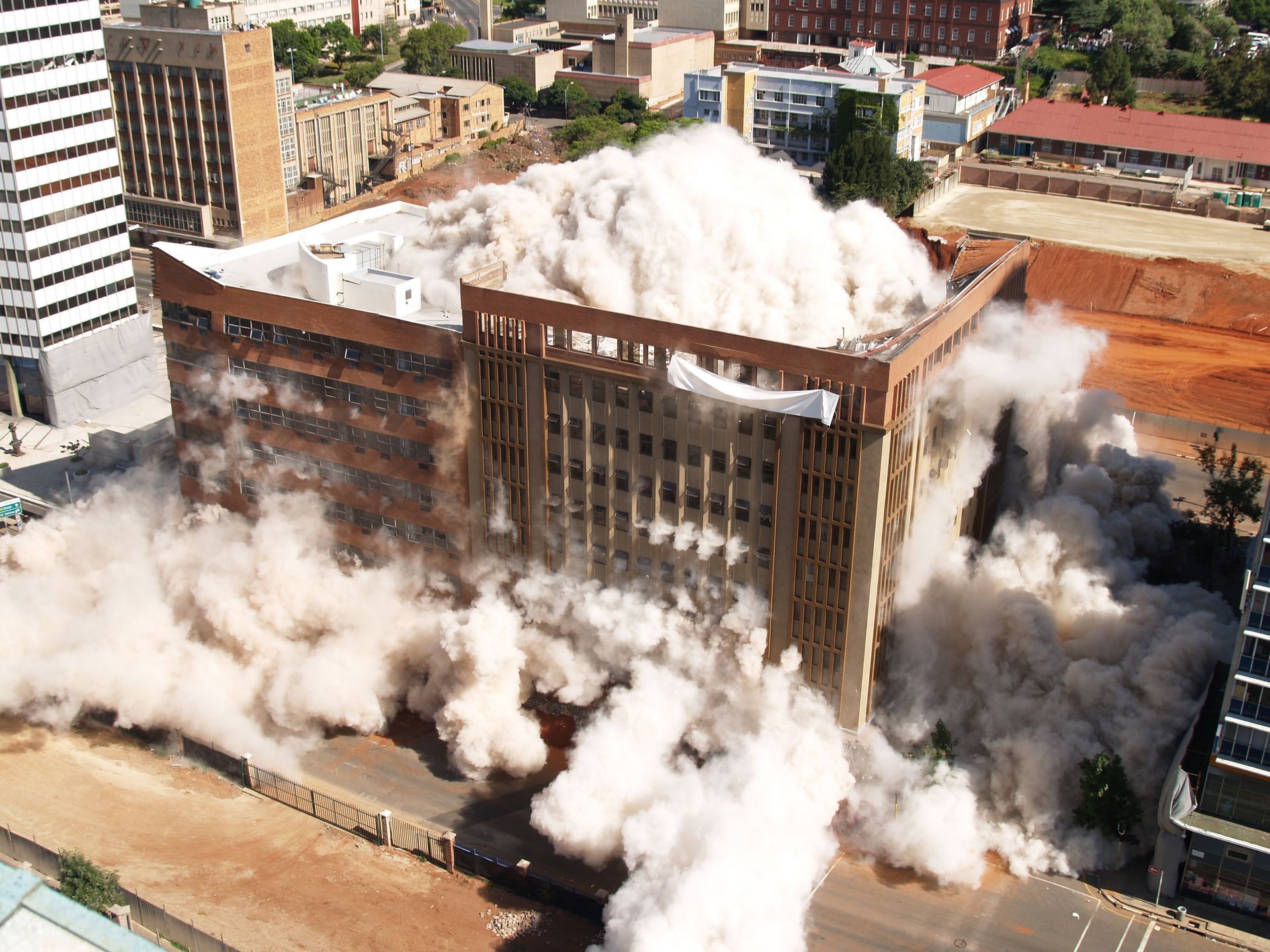What Is Selective Demolition?
Sometimes property owners find themselves in the position where a building has sections that are whole and others are not. These sections may even be structurally sound, but not accomplish what the property owner needs to with that space. Tearing the entire building down is an option if you have the time and budget for a new building but if parts of the building are still usable, there is no reason why you cannot keep them intact. For instances such as these we have selective demolition.
Partial, or selective demolition involves carefully deleting specific predetermined sections of a structure that are dangerous, useless, or in the way while retaining the sections that are to remain in place.
Benefits of Selective Demolition
This type of method can be used for renovations, updates, remodeling, and more.
More Cost-Effective
As with any business transaction, time is money. The longer the demolition contractor is doing work for you, the more it is going to cost. You could make the argument that selective teardowns are more technical and it could take longer to remove an attached garage vs a detached garage of the same size since more precision is required. However if you think of it in terms of tearing down the whole house because the attached garage is crumbling it starts to make sense if the house is still livable and you intend to stay there. No need to throw the baby out with the bathwater, and no need to pay to build an entirely new house if the existing one is still good. Selective Demolition is most often more cost effective, but there are exceptions to every rule.
Less Material In Landfills
When a building is demolished metal is likely hauled away to be melted down and repurposed, you may even be able to save some components such as granite countertops, brick or stone if you are motivated, but in the name of speed, much of the former structure's parts end up in a landfill. With selective demolition you are creating less waste, and in turn having a lesser environmental impact.
Quicker
When a full structure is demolished, it takes more time. If the property is commercial, speed may be a huge factor to continue to fill any business obligations. If the property is an inhabited residential building, removing any portions of the building that are unsalvageable, and leaving the rest can speed up the renovation process and enable the occupant to get back to daily life quicker.
Depending on the part of the structure that is to be demolished, the portion that will remain intact can still be used during the demolition process.
Traffic may be a deciding factor as well when it comes to selecting complete and total demolition vs selective demolition services. Depending on how busy the area is, proximity to the street and the degree of risk the building poses if left standing, the latter causes less of a disruption and may be the best way to go.
Helps Determine Greater Structural Integrity
Tearing down parts of the structure that are known to be compromised in a precise calculated manner can give greater insight to the rest of the building. Discoveries may be made during a partial tear down that reveal issues with the sections that were thought to be in good condition. This is especially useful if you intend to put any money into restoring the parts that were to be left standing. It is better to have as much knowledge as you can before spending more money, only to find out 3 or 4 years later that there are problems that require further demolition services or money.
A New Lease On Life For Historical Buildings
Throughout Pittsburgh there are many old buildings that have served the community since the 1800s. If walls could talk they would certainly be able to tell us which parts of the building is in need of attention before it becomes an issue. Since they cannot, inspectors keep an eye on these historic structures and evaluate ways to proceed as 200 year old construction materials start to fail. When foundations and load bearing walls start to fail, it gets complicated, and the question on many mind's is: Should we tear it down? In some cases this does happen, but historical buildings are protected for the connection they give us with the past, and is usually the last resort.
Selective demolition enables the preservation of as much of a historic building as possible. Even if that portion is rebuilt or repaired using antiquated methods, and materials accurate to the time period it was built, it is still not the original. Safeguarding as much of the building as possible, by only tearing down what is absolutely necessary ensures that history lives on and the painstaking efforts of the workers that helped build the city are not forgotten.
Should I Hire a Professional Contractor?
When performing a selective demolition project, having an experienced professional on board is important. A qualified demolition contractor will be able to assess the area, develop a plan that minimizes disruption and risk, and take the necessary safety precautions when removing any existing structures. They will also be able to advise on how best to utilize the space once it has been cleared and provide estimates for materials needed for the project.
Selective demolition can help you make upgrades or updates to your property in a way that is efficient and cost-effective. Be sure to consult with a professional contractor for the best results.
Work With Schaaf Excavating Contractors, Inc. Today!
When it comes time to start your selective demolition project, it's important to take the necessary steps before beginning work. Make sure to obtain all relevant permits and approvals from local authorities and ensure that safety protocols are properly followed during the duration of the project. It's also essential to have a detailed plan and communicate it clearly with all parties involved. Doing your due diligence upfront will help ensure the project runs smoothly and is completed successfully.
When you work with our experienced team at Schaaf Excavating Contractors, Inc., we can help you through every step to ensure your selective demolition project is completed safely and within compliance with local and state regulations.
Contact us today to learn more!

Author: Tim Schaaf
Owner & Founder of Schaaf Excavating Contractors.
